Automated chatbots are increasingly finding use cases across industries today. With huge amounts of investment being funnelled into the technology, chatbots may be set to reduce human effort across key business operations.
Today Xiaoice’s AI assistant, with its almost human-sounding teenage girl voice and an “empathic computing framework†that focuses on more extended conversations, would look back at the first automated chatbot ELIZA developed in the 1960s, similar to how we would look at a toddler who’s just learnt how to crawl.
Surely, we have come a long way from where we began, and now the chatbots have become the talk out of the town. Without sounding too geeky, here’s what chatbots are and what they do.
Automated chatbots are just that, chatbots that run automatically to talk to humans. Chatbots do it via using artificial intelligence & natural language processing.
Chatbots can improve business KPIs like conversions, optimize churns, and generate qualified leads, to name a few benefits for businesses.
For a critical industry like healthcare, where it can be a matter of life & death for people, chatbots have helped in crucial operations like diagnoses, mental health consultations and more. Compare it with the work done in industries like e-commerce, where chatbots are used for tracking missing packages, helping with the returns and other common uses.
This has made the healthcare industry one of the fundamental driving forces for growth in the chatbot market, with it contributing around 10% of the global market size across industries.
Use cases in other industries have also been growing, leading to big players like Bank of America, Facebook, eBay developing chatbots of their own to automate key business operations.
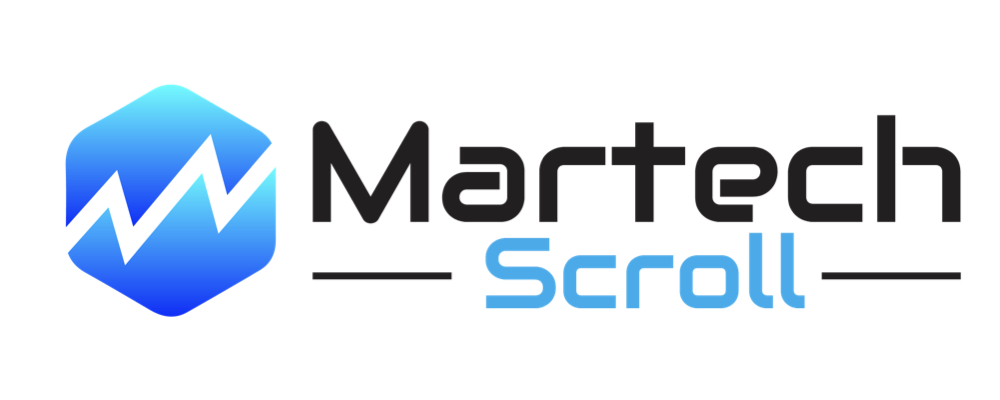
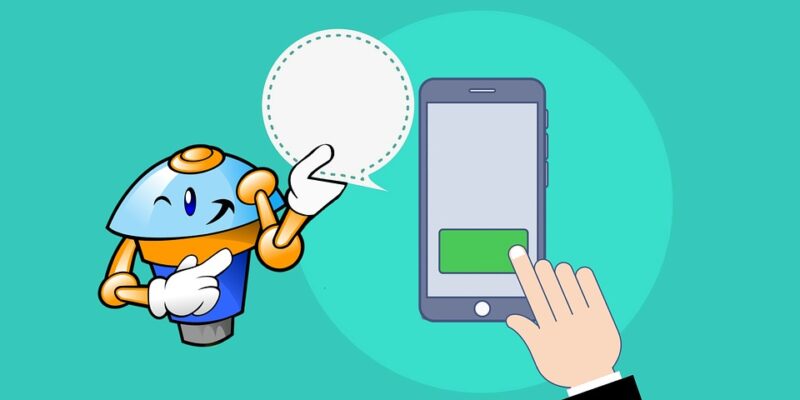
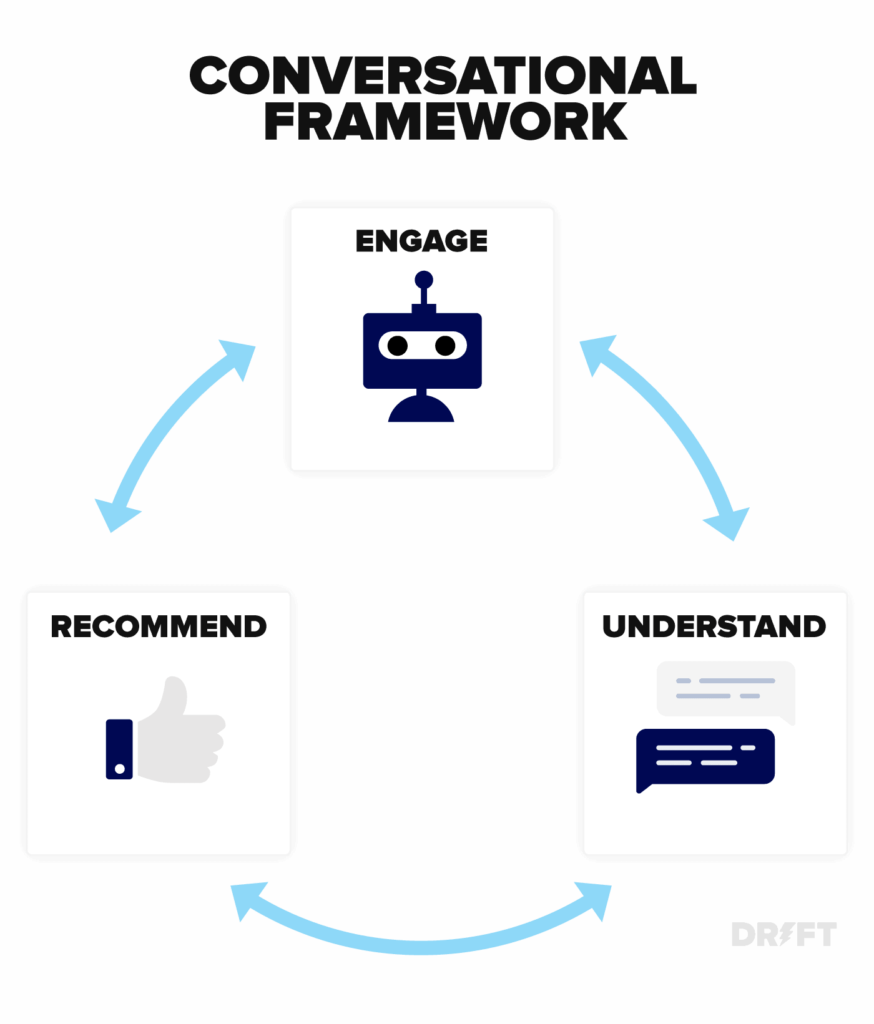

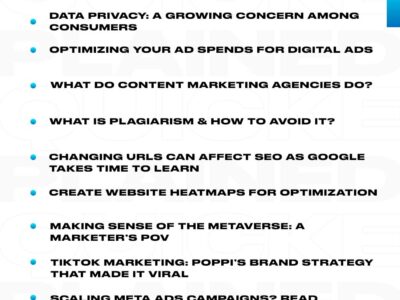
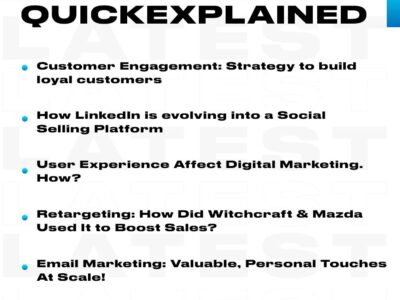
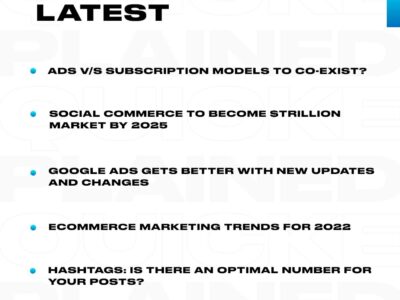

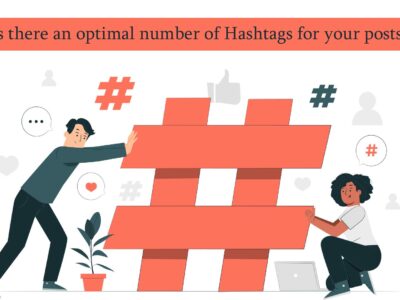
Comments